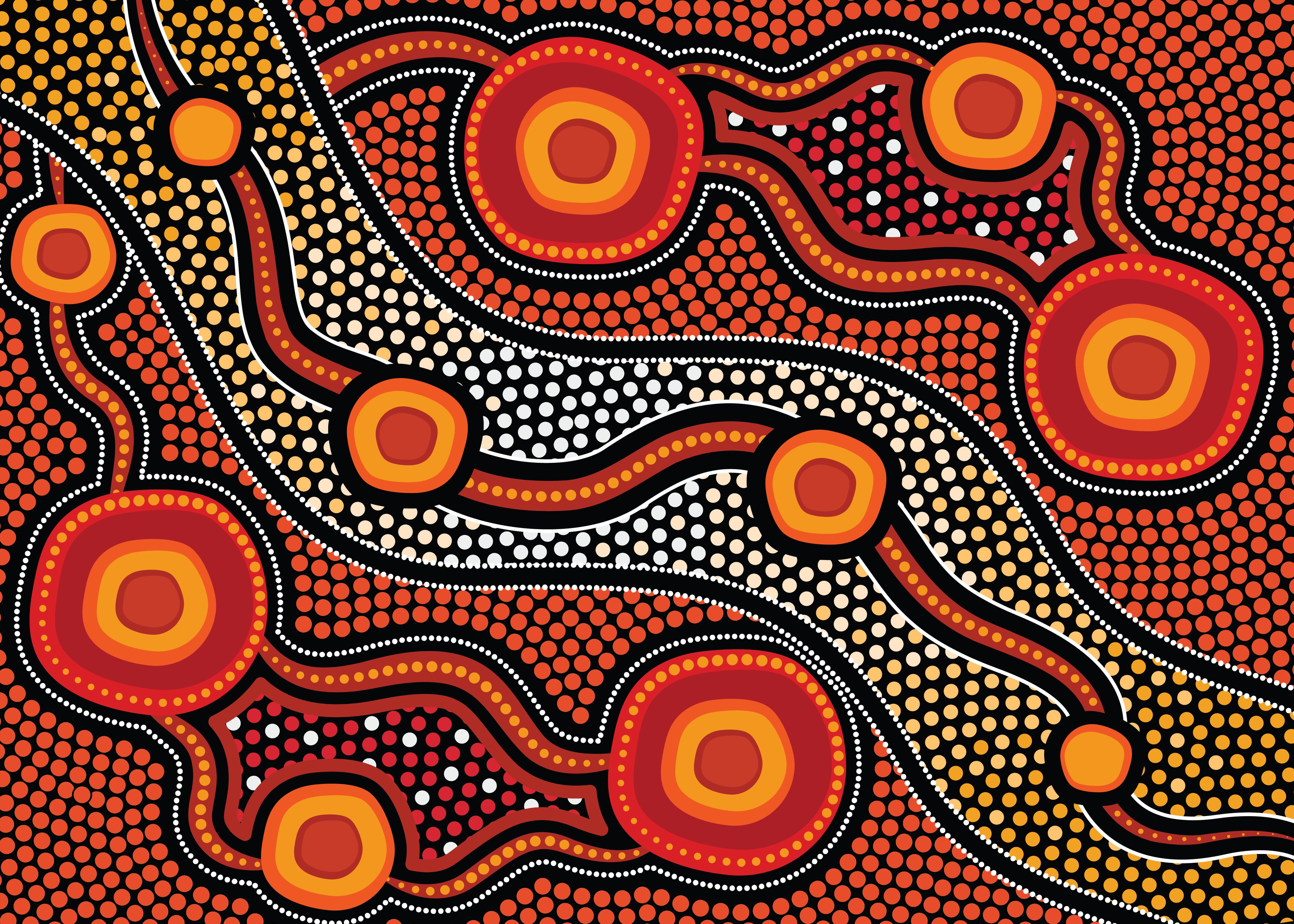The Significance of Symbolism in Indigenous Artwork

Indigenous art is a profound expression of culture, history, and identity. At the heart of this artistic tradition lies symbolism, which conveys stories, beliefs, and values passed down through generations. Understanding these symbols allows us to appreciate indigenous artwork beyond its visual appeal and connect with the deeper cultural roots it represents.
What is Symbolism in Indigenous Art?
Symbolism in indigenous artwork refers to the use of images, motifs, and patterns that carry specific meanings within a community. These symbols often represent natural elements like animals or plants, spiritual beliefs, ancestral stories, or social structures. Each symbol is carefully chosen to communicate a message or preserve important knowledge within the culture.
Cultural Roots Behind Indigenous Symbols
The symbols used in indigenous art are deeply rooted in the cultural heritage and worldview of indigenous peoples. They reflect relationships with nature, spiritual practices, historical events, and social values. For example, certain animals might symbolize strength or wisdom due to their role in traditional stories or ecological significance.
How Symbolism Shapes Artistic Expression
Artists use symbolism as a language to express identity and continuity within their communities. This symbolic language guides design choices including colors, shapes, and composition. The repetition of certain motifs helps maintain cultural traditions while also allowing for individual creativity within established frameworks.
Interpreting Indigenous Art Respectfully
Understanding indigenous artwork requires respect for its cultural context. It’s important to recognize that some symbols may have sacred meanings not intended for public sharing. Engaging with indigenous sources or artists can offer authentic insights into these artworks’ significance without appropriating their culture.
Preserving Cultural Heritage Through Art
Indigenous art plays a crucial role in preserving cultural heritage by keeping stories alive through visual means. It serves as an educational tool for younger generations and fosters pride within communities while inviting broader audiences to learn about diverse cultures respectfully.
By exploring the significance of symbolism in indigenous artwork, we gain a richer appreciation for these creations as more than just beautiful objects—they are vibrant expressions of living cultures with deep historical roots.
This text was generated using a large language model, and select text has been reviewed and moderated for purposes such as readability.